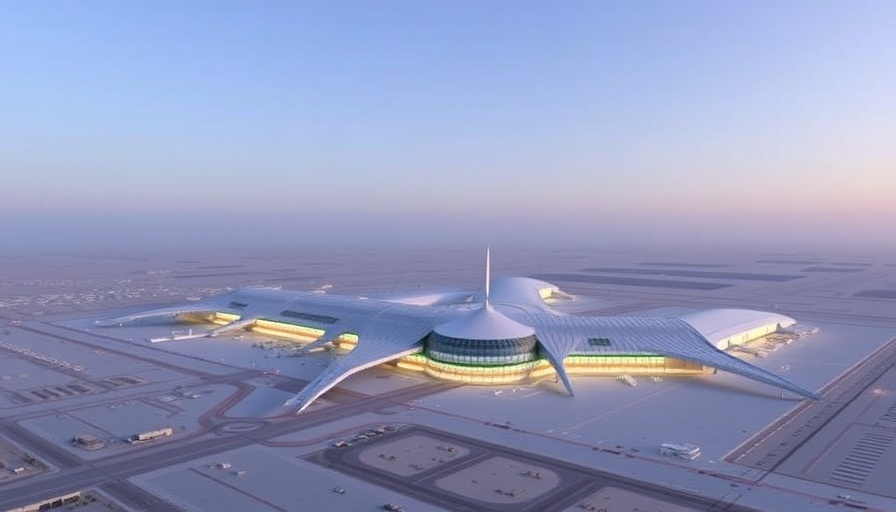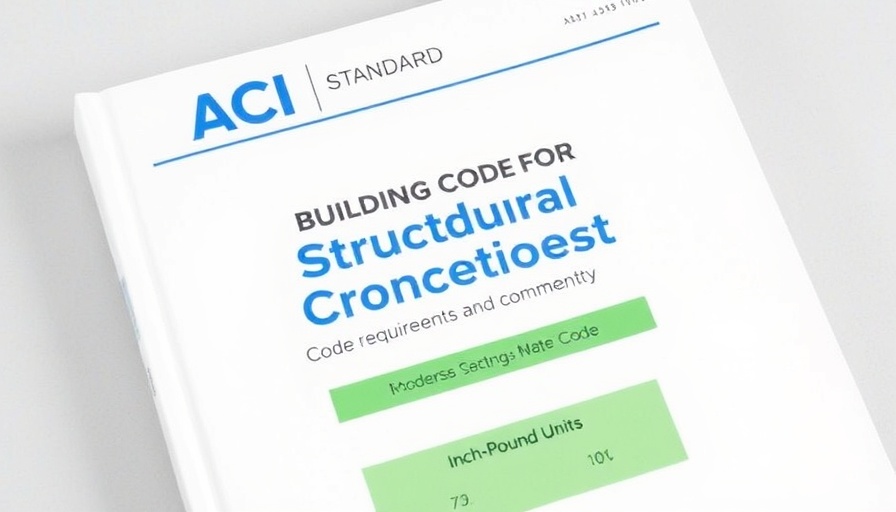
Saudi Arabia’s Mega-Airport: A Leap Towards a Futuristic Gateway
Saudi Arabia has set its sights on transforming its aviation infrastructure by selecting industry giants Bechtel and Parsons for the ambitious mega-airport project named "King Salman International Airport." As the Kingdom continues its journey to diversify its economy beyond oil, this multi-billion-dollar airport stands as a testament to its commitment to modernization and global competitiveness.
Why This Investment Matters
The airport, projected to handle up to 120 million passengers a year, serves as a crucial hub for both international travelers and cargo. By making such a massive investment in aviation, Saudi Arabia signals its intention to become a leading player in global tourism and commerce. This reflects a broader trend in which countries are recognizing the economic potential of robust transportation networks, particularly as part of their post-pandemic recovery strategies.
Operational Efficiency & Innovation in Construction
Integrating innovative technologies into the project is vital for achieving operational efficiency and sustainability. As an expert in construction technology, I see this as a significant leap forward. Bechtel and Parsons are known for their use of cutting-edge project management tools, which can streamline workflow and enhance communication among stakeholders. This ensures that the project not only meets its timeline but also stays within budget—a crucial factor for clients seeking cost-effectiveness in mega-projects.
Rethinking Airport Design for Future Demand
With passengers returning to travel, the design of the airport will incorporate modern innovations, such as automated baggage handling systems and advanced air traffic management technologies. This adaptability is key, considering the rapid evolution of traveler expectations and the need to address travel-related health concerns. It emphasizes designers' role in ensuring flexible spaces that cater to changing demands in a post-COVID world, with a focus on health, safety, and wellness.
Environmental Sustainability: Building Smart and Green
Considering global calls for sustainability, a significant emphasis will be placed on environmentally friendly practices. This project aims to incorporate green building strategies, aligning with national goals to promote eco-friendly policies. Utilizing sustainable materials and integrating renewable energy sources into the construction process can greatly reduce the airport's carbon footprint. This aligns with global standards and appeals to environmentally conscious travelers, a rising demographic in today's market.
The Bigger Picture: Infrastructure as an Economic Driver
The mega-airport project is merely a part of Saudi Arabia's broader vision encapsulated in Vision 2030, which aims to diversify the economy and promote a more vibrant society. Aviation infrastructure is a critical component; as it expands, it creates numerous local jobs—not just in construction but also in operations, logistics, and hospitality as the airport attracts new business ventures.
Conclusion: A Call for Stakeholder Engagement
As the King Salman International Airport project progresses, there are numerous opportunities for stakeholders in the construction, design, and technology sectors. Such collaboration can enhance project outcomes, making the best use of resources while ensuring that the project aligns with both local and global expectations.
The construction community should monitor this transformative project closely. Consider how such developments influence your strategic decisions and adaptation in your practices. Embrace innovation—it's not just about building airports, but about shaping how communities connect, grow, and thrive in an ever-evolving landscape.
 Add Row
Add Row  Add
Add 




Write A Comment